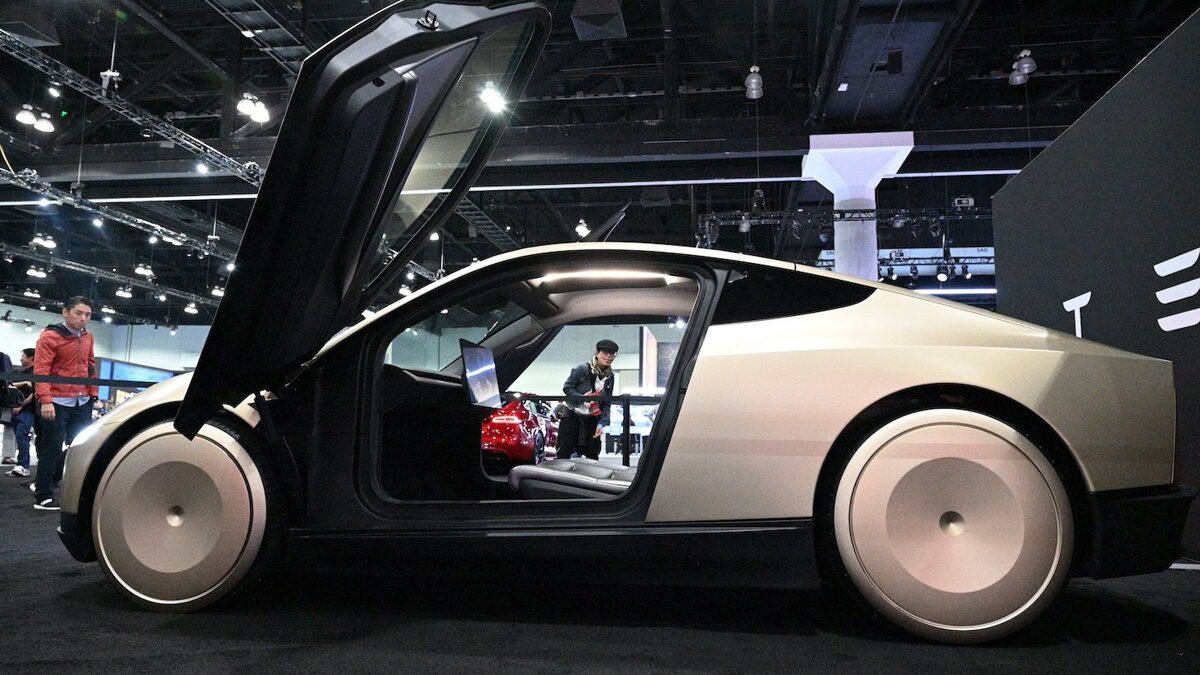Silicon Valley wants us to believe that their autonomous products are a kind of self-guided magic, but the technology is clearly not there yet. A quick peak behind the curtain has consistently revealed a product base that, at a minimum, is still deeply reliant on human workforces.
The job post also notes that such a teleoperation center requires “building highly optimized low latency reliable data streaming over unreliable transports in the real world.” Tele-operators can be “transported” into the robotaxi via a “state-of-the-art VR rig,” it adds.
Oh man that’s pretty hilarious for “autonomous vehicles”
Tesla would not be the first robotaxi company to use this method. In fact, it’s an industry standard. It was previously reported that Cruise, the robotaxi company owned by General Motors, was employing remote human assistants to troubleshoot when its vehicles ran into trouble
Oh, so this is actually completely normal and should not be news worthy…
Remote human intervention when automated systems fail should be expected and required to be honest with current technology. There are simply too many edge cases in the real world, even with the trillions of miles Tesla has trained their system on.
Remote human intervention when automated systems fail should be expected and required to be honest with current technology.
The “human in the loop” is one of those things that sounds good but isn’t at all in reality.
https://pluralistic.net/2024/10/30/a-neck-in-a-noose/
A human was literally sitting at the wheel as Uber’s taxi ran someone over.
Driving is nothing but edge cases, and that’s why maybe paying drivers to drive people around is better than some half-baked AI driving people under trucks and hoping a call center employee is paying enough attention to bail them out.
When will the intervention be called upon? How we react is defined by the context we have. Imagine being dropped into a pre accident situation without any context.
No idea, and I doubt they’ll ever publicly say.
Direct human intervention is definitely something other companies could be doing more of. Waymo especially given all the videos of them getting stuck, sometimes en masse.
I had heard through a friend who works at Waymo they currently have 1.5 engineers per car. Ideally, if you want a self-driving car company to be financially successful, that number should be significantly less than 1. These companies are heavily propped up by VC money and it’s not at all clear they’ll achieve that goal.
I find that 1.5 number amazingly hard to believe unless those engineers are never actually watching the vehicles while in use, in which case the number means absolutely nothing. The number of engineers per vehicle on staff means absolutely nothing if they aren’t the ones monitoring them for issues while in use. You might as well say you have 50 employees per vehicle, including all office workers, executives, janitorial staff, etc. because it means nothing.
Given videos like this where there are dozens of them in complete chaos. Human intervention would easily clear that in a couple minutes, instead they just kept stacking up.
Waymo, uniquely, never remotely drives their vehicles. You’d have to wait for a safety driver to show up in order to help the vehicle
Other companies do remotely drive
Two notes on this as someone who works in the sector.
It’s “completely normal”, but only if you’re not having a full time driver for each vehicle, which is what the article sounds like… Then the vehicles wouldn’t be autonomous, they’d just be teleoperated.
And the second part, why is this an industry standard and why are investors ok with it? Imagine you have a product (robotaxi) that is autonomous but can’t deal with absolutely everything on its own (not even Waymo is that advanced). The key component that you need to build into the system is the ability to come to a stop safely, and be recovered remotely. Then these “teleoperators” can recover the vehicles if/when they fail, and given a sufficiently low failure rate, you can have one operator for each X vehicles. Even if this is more than “0 drivers”, having 1 driver per 10 vehicles is a massive cost saving. Plus zooming out and thinking of other things than robotaxis, there are sectors like mining where they don’t care (that much) about the number of drivers - their primary goal is to have the drivers away from a dangerous mine. They can save money from simplifying operations that way.
It’s normal in the industry but the industry likes to tell the public otherwise so from time to time these articles pop up.
Amazon’s just walk out shop, with AI looking with cameras what you bought, was actually run by indians remotely because the automation didn’t quite work. Food delivery robots are run by people in low cost areas. Over guy runs multiple robots with a pont-and-click interface. That kind of thing. I’m sure autonomy is worked on but it’s not fully autonomous yet.




